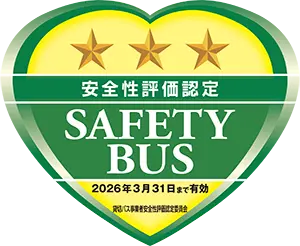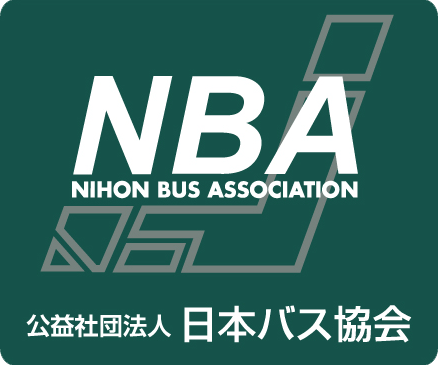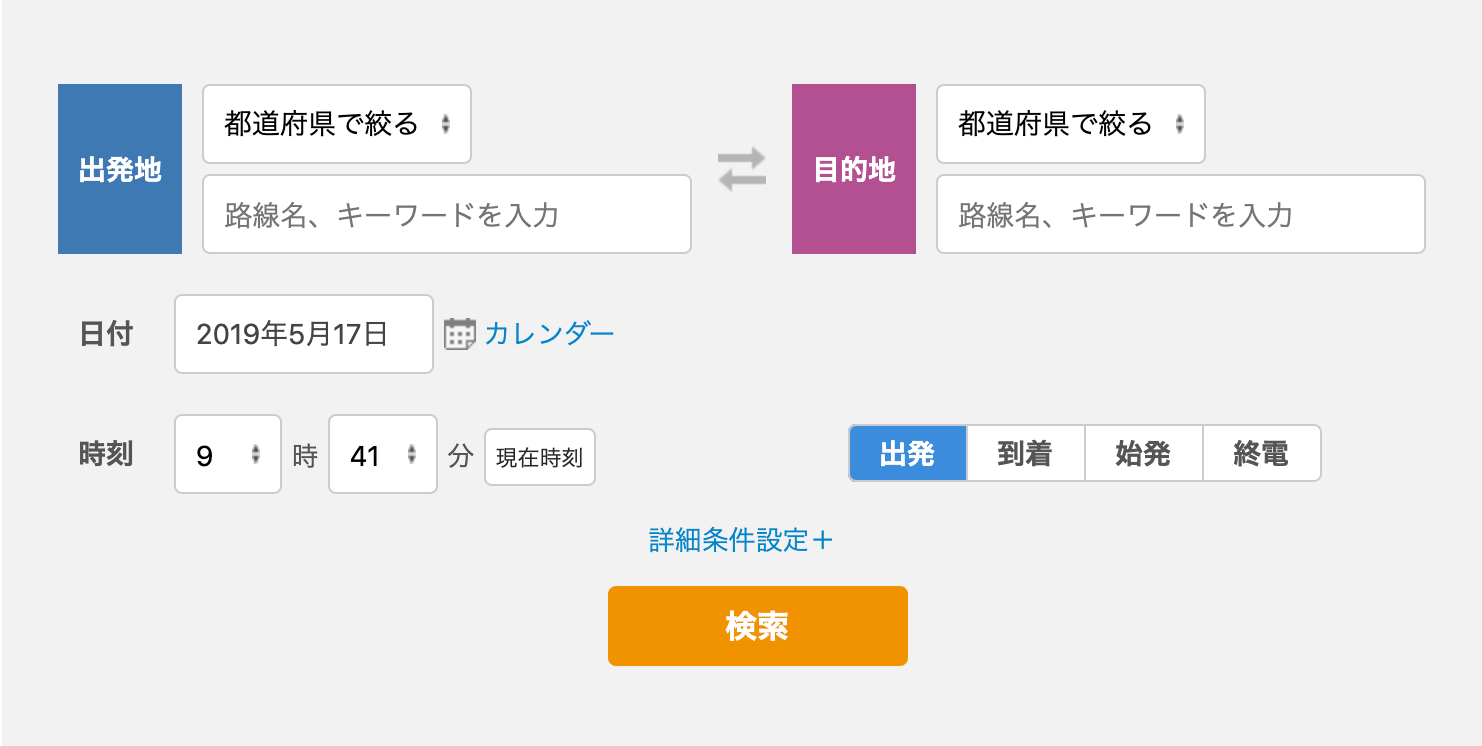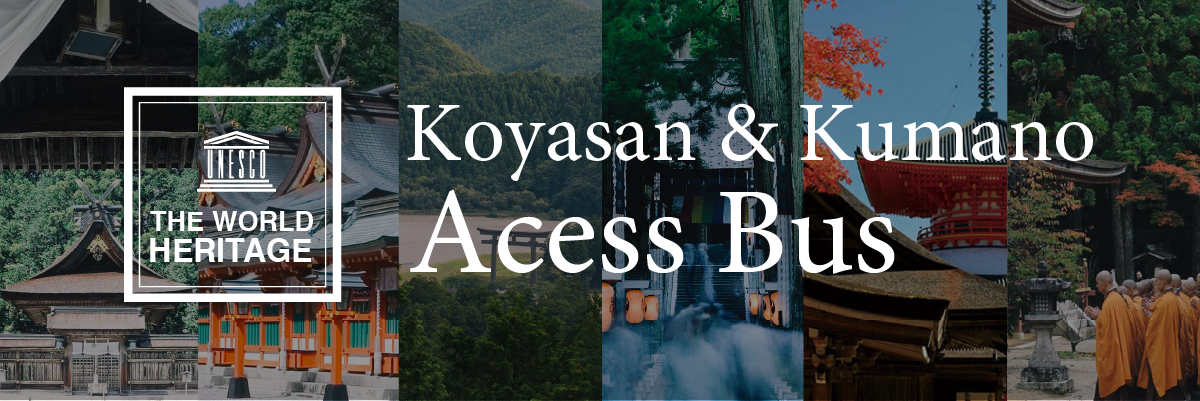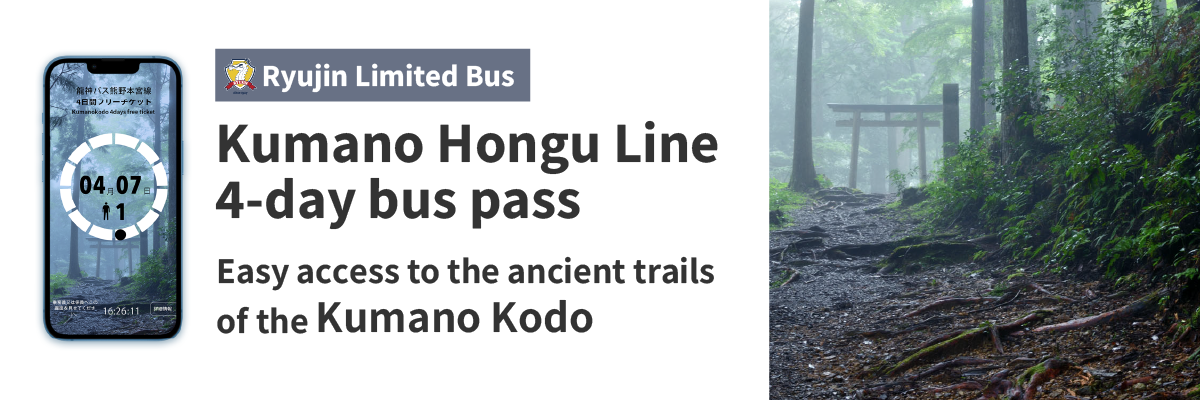Kumano Hongu Line
-
Kii-Tanabe Sta.
-
Tsuburizaka(Kumano Hongu Line)
-
Tanabe Shiyakusho-mae
-
Tsurugaoka
-
Kogyo Koko-mae
-
Hashidani
-
Kii-Shinjo Sta.
-
Nakiri
-
Tazu-guchi
-
Gijutsu Senmonko-mae
-
Nankinodai-shita
-
Toge
-
Tobino
-
Asso
-
Ikuma-guchi
-
Kumano Koko-mae
-
Sanpo-ji
-
Kii-Iwada
-
Kamiiwada
-
Inabane-oji
-
Nekaida
-
Ichinose Shinryosho-mae
-
Kii-Ichinose
-
Kii-Ichijo-ji
-
Noborio
-
Shimoayukawa
-
Shimotuko
-
Ayukawa Shinryosho-mae
-
Ayukawa-shinbashi
-
Udatsu
-
Mukaigoshi
-
Ayukawa Onsen
-
Warabio-bashi
-
Hokusogi
-
Kiyohime
-
Manago
-
Takijiri
-
Todo
-
Kajiyakawa-guchi
-
Shimoshiba-shimo
-
Shimoshiba
-
Kodogaoka
-
Nakashiba
-
Rinboku Ikushujo- mae
-
Nakahechi Gyoseikyoku-mae
-
Kurisugawa
-
Asodaira-guchi
-
Kii-Nakagawa
-
Kodo-no-Sato
-
Nonojiri
-
Kainogawa-guchi
-
Kii-Okawa
-
Miyoshi-bashi
-
Fukusada
-
Ujiyama-bashi
-
Gyuba-doji-guchi
-
Kakidaira
-
Kodo Aruki-no-Sato Chikatsuyu
-
Nakahechi Bijutsukan-mae (Nakahechi Museum)
-
Chikatsuyu-oji
-
Kannonji-mae
-
Miyanoue
-
Kokudo Kasamatsu
-
Nonaka Ipposugi
-
Kobiro-oji-guchi
-
Kobiro-toge
-
Doyukawa-bashi
-
Owada-bashi
-
Kumanooze
-
Buju
-
Notake
-
Kamiji
-
Minachi
-
Kogomori
-
Hoze
-
Hiba
-
Mawari
-
Kushitoge-guchi
-
Wataze
-
Shoge-no-Mine
-
Shimoyukawa
-
Shimoyunomine
-
Yunomine Onsen
-
Shimoyunomine
-
Shimoyukawa
-
Shoge-no-Mine
-
Wataze
-
Watarase Onsen
-
Kawayu Onsen
-
Kameya-mae
-
Fujiya-mae
-
Hongu Shogakko-mae
-
Naruishi
-
Ukegawa
-
Ukegawagaki
-
Dainichigoe-nobori-guchi
-
Oyunohara-mae
-
Hongu Gyoseikyoku-mae
-
Hongu Taisha-mae
-
Haraido Danchi-mae
-
Shimomukai-bashi
-
Oi-guchi
-
Hiraiwa-guchi
-
Michi-no-Eki Okukumano
-
Takenomoto
-
Fushiogami-guchi
-
Hosshinnmon-guchi
-
Hosshinmon-oji
-
Kii-Tanabe Sta.
-
Tsuburizaka(Kumano Hongu Line)
-
Tanabe Shiyakusho-mae
-
Tsurugaoka
-
Kogyo Koko-mae
-
Hashidani
-
Kii-Shinjo Sta.
-
Nakiri
-
Tazu-guchi
-
Gijutsu Senmonko-mae
-
Nankinodai-shita
-
Toge
-
Tobino
-
Asso
-
Ikuma-guchi
-
Kumano Koko-mae
-
Sanpo-ji
-
Kii-Iwada
-
Kamiiwada
-
Inabane-oji
-
Nekaida
-
Ichinose Shinryosho-mae
-
Kii-Ichinose
-
Kii-Ichijo-ji
-
Noborio
-
Shimoayukawa
-
Shimotuko
-
Ayukawa Shinryosho-mae
-
Ayukawa-shinbashi
-
Udatsu
-
Mukaigoshi
-
Ayukawa Onsen
-
Warabio-bashi
-
Hokusogi
-
Kiyohime
-
Manago
-
Takijiri
-
Todo
-
Kajiyakawa-guchi
-
Shimoshiba-shimo
-
Shimoshiba
-
Kodogaoka
-
Nakashiba
-
Rinboku Ikushujo- mae
-
Nakahechi Gyoseikyoku-mae
-
Kurisugawa
-
Asodaira-guchi
-
Kii-Nakagawa
-
Kodo-no-Sato
-
Nonojiri
-
Kainogawa-guchi
-
Kii-Okawa
-
Miyoshi-bashi
-
Fukusada
-
Ujiyama-bashi
-
Gyuba-doji-guchi
-
Kakidaira
-
Kodo Aruki-no-Sato Chikatsuyu
-
Nakahechi Bijutsukan-mae (Nakahechi Museum)
-
Chikatsuyu-oji
-
Kannonji-mae
-
Miyanoue
-
Kokudo Kasamatsu
-
Nonaka Ipposugi
-
Kobiro-oji-guchi
-
Kobiro-toge
-
Doyukawa-bashi
-
Owada-bashi
-
Kumanooze
-
Buju
-
Notake
-
Kamiji
-
Minachi
-
Kogomori
-
Hoze
-
Hiba
-
Mawari
-
Kushitoge-guchi
-
Wataze
-
Shoge-no-Mine
-
Shimoyukawa
-
Shimoyunomine
-
Yunomine Onsen
-
Shimoyunomine
-
Shimoyukawa
-
Shoge-no-Mine
-
Wataze
-
Watarase Onsen
-
Kawayu Onsen
-
Kameya-mae
-
Fujiya-mae
-
Hongu Shogakko-mae
-
Naruishi
-
Ukegawa
-
Ukegawagaki
-
Dainichigoe-nobori-guchi
-
Oyunohara-mae
-
Hongu Gyoseikyoku-mae
-
Hongu Taisha-mae
-
Haraido Danchi-mae
-
Shimomukai-bashi
-
Oi-guchi
-
Hiraiwa-guchi
-
Michi-no-Eki Okukumano
-
Takenomoto
-
Fushiogami-guchi
-
Hosshinnmon-guchi
-
Hosshinmon-oji
OpenClose
The Kumano Hongu Line allows passengers to access various locations along the Kumano Kodo Nakahechi route from Kii-Tanabe Station. Passengers can visit Kumano Hongu Taisha, Chikatsuyu Village and Hosshinmon-oji, making this the perfect line for those wishing to walk the Kumano Kodo.
-
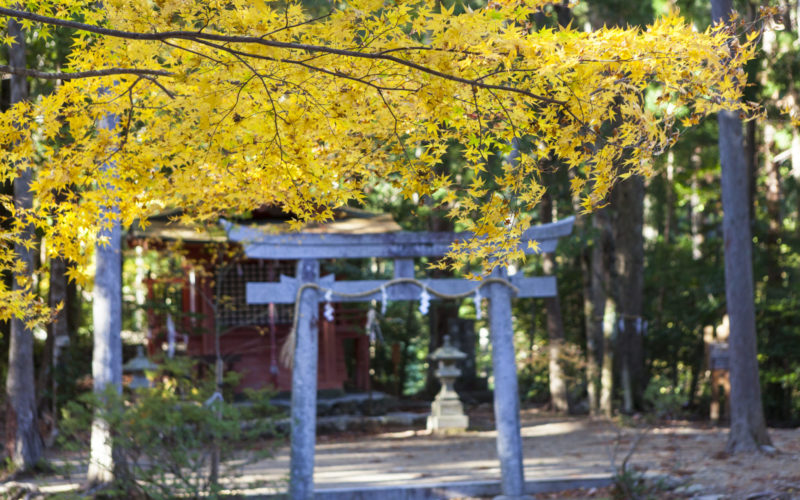
Hosshinmon-oji
A rest area with toilets is located right next to the bus stop. This is a popular spot for those wishing to walk the Kumano Kodo with stone pathways, tea plantations and rice terraces located only a short walk away.
-
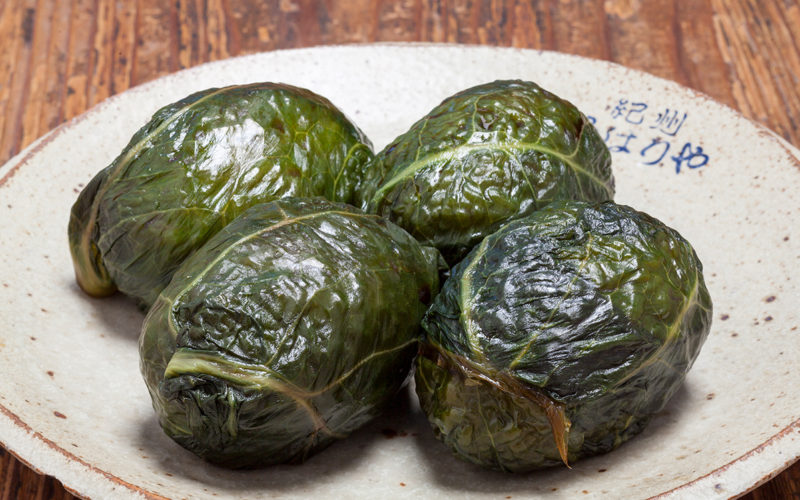
Michi-no-Eki Okukumano
Travelers appreciate the natural wooden structure as well as the spacious rest area and toilets. Popular local delicacies like mehari sushi are also available here.
-
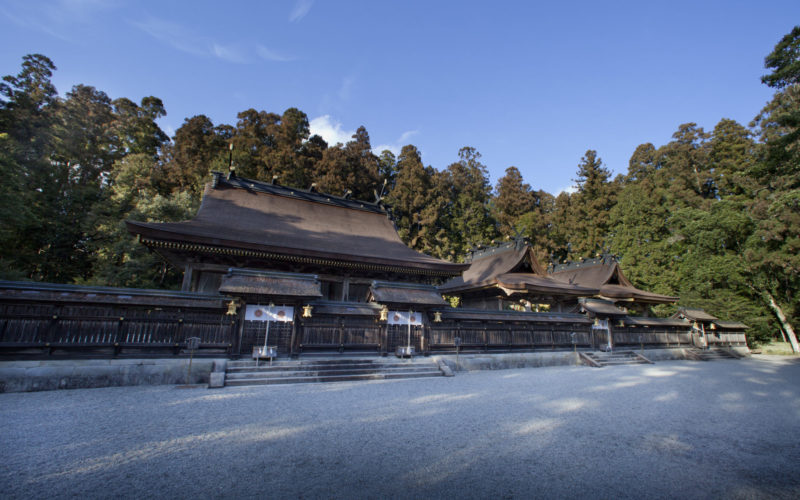
Hongu Taisha-mae
Hongu Taisha is the head shrine of all Kumano shrines in Japan. Together with Kumano Hayatama Taisha and Kumano Nachi Taisha, it is called Kumano Sanzan.
-
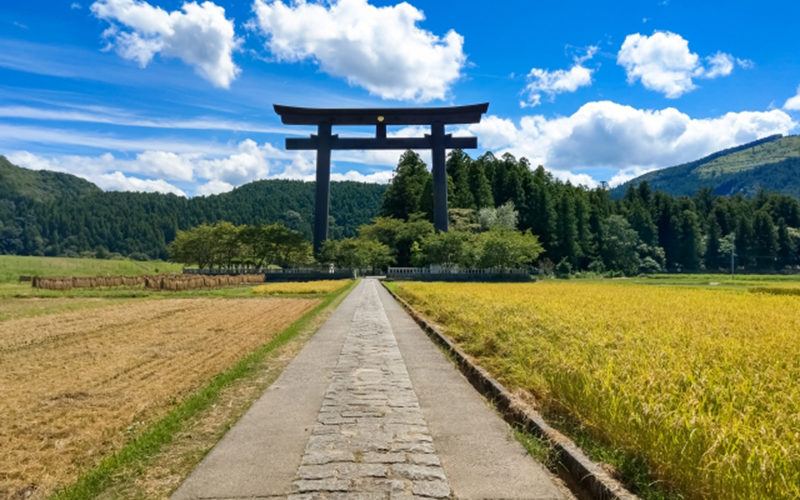
Oyunohara-mae
The former location of Kumano Hongu Taisha, Oyunohara is still considered a site of spiritual significance where the gods descended. The superb Otorii gate is a must-see.
-
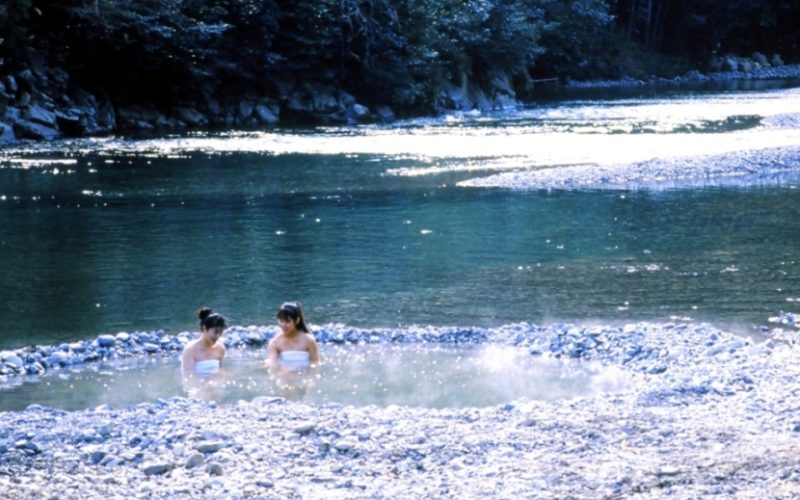
Kawayu Onsen
This is a rare location where visitors can enjoy bathing in a river which is also a source of Onsen hot spring water. Summer visitors can profit from both paddling in the river and bathing in the Onsen, while in winter the seasonal Sennin-buro is a must-see.
